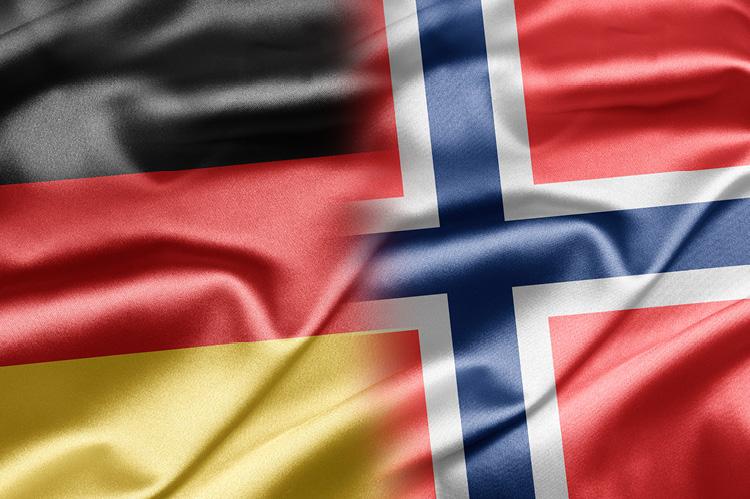Germany and Norway Agree To A Feasibility Study On Building A Hydrogen Pipeline

Germany's Economy and Climate Minister Robert Habeck visited Norway earlier this month to discuss how Germany and Norway could work together to develop a hydrogen pipeline link between the two countries.
The timing is telling as Europe is making deliberate moves to end its reliance on Russian gas. Norway, the second-largest gas exporter to the EU, “wants to actively contribute to the rapid development of the hydrogen market in Germany” and on the continent.
“To this end, it has been agreed that a joint review will be conducted with a view to making large-scale transport, including via pipeline, of hydrogen from Norway to Germany possible,” the statement says.
While preferring 'green' hydrogen (hydrogen produced from renewables like wind and solar electricity) over 'blue' hydrogen ((hydrogen produced from natural gas with carbon capture and storage (CCS) Germany and Norway will likely have to settle for blue, as the green alternative would require huge quantities of wind and solar which are currently missing from the supply options.
Furthermore, Russia’s war in Ukraine has shown the Europeans that they do not have the luxury of waiting until all the pieces for green hydrogen are in place.
“In order to realise the fastest possible high-volume imports of hydrogen and ensure the rapid availability thereof, we will also jointly plan the use of blue hydrogen for a transition period,” the joint statement explained.
This was welcomed by analysts, who noted the reliability of Norwegian gas infrastructure and the merits of shipping hydrogen via pipelines. Transporting hydrogen through pipelines is considered to be more cost-effective and climate-friendly than using ships.
“Not a bad thing. Norwegian gas has some of the lowest leakage rates out there. By sending hydrogen directly you’re 1) eliminating downstream leakage 2) kickstarting hydrogen supply, hopefully spurring demand 3) kickstarting carbon storage,” tweeted hydrogen analyst Gniewomir Flis.

